Understanding Reading Comprehension for Kids: Free Comprehension Worksheets you need
What is Reading Comprehension?
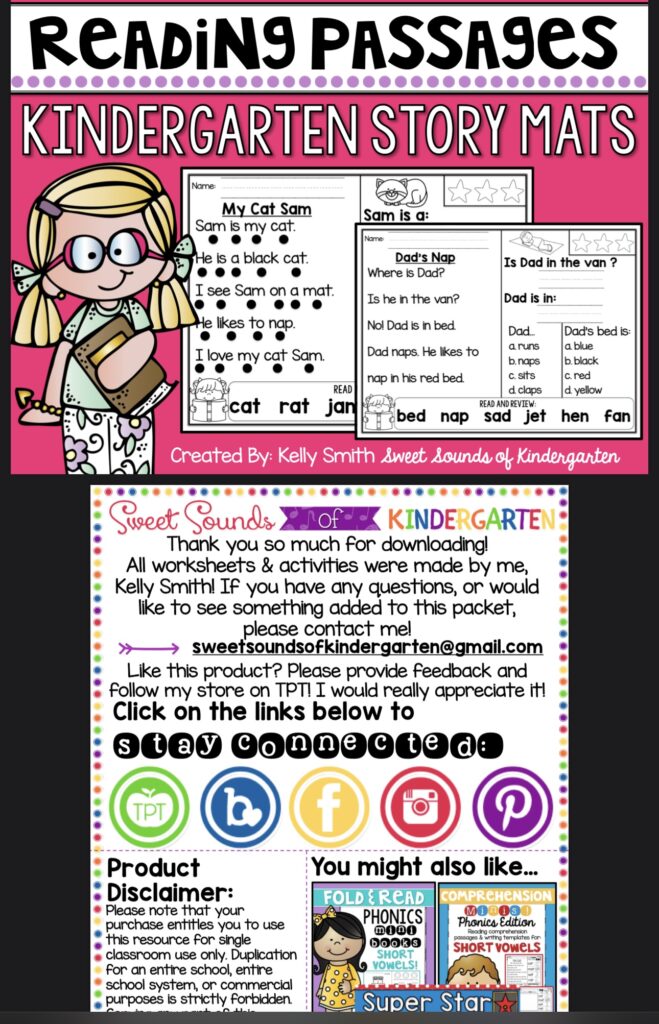
Reading Passages for Kindergarten
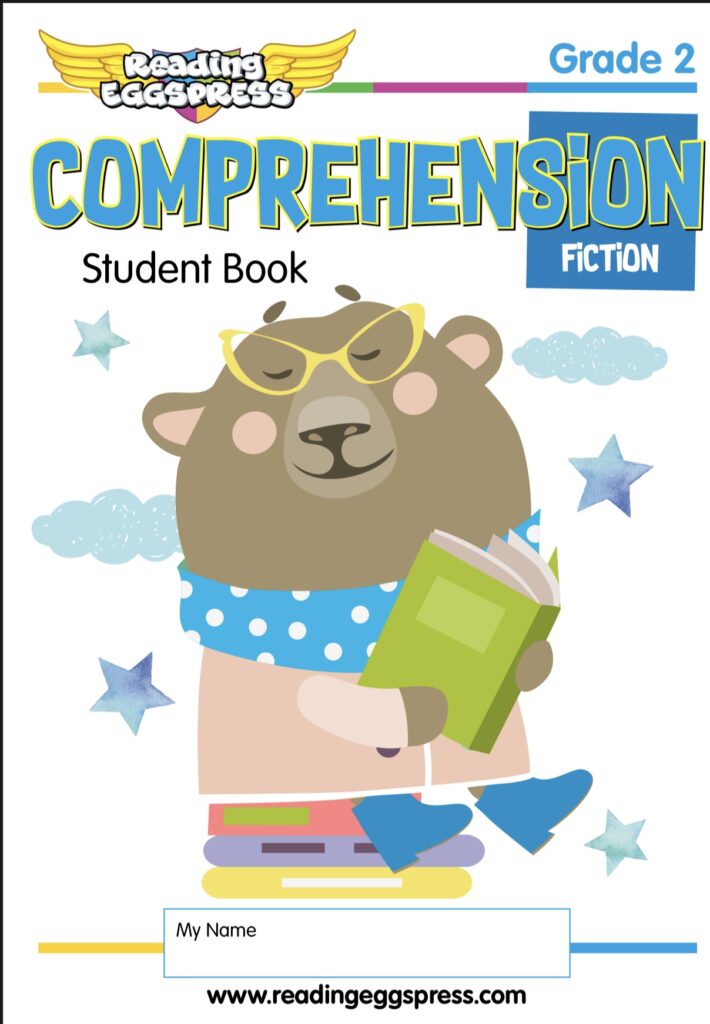
Reading comprehension is the ability to read text, understand its meaning, and integrate it with what the reader already knows. For kids, this means not just being able to pronounce the words they read, but also understanding the story, information, or message those words are conveying. It’s a critical skill that forms the foundation for academic success and lifelong learning.

Why is Reading Comprehension Important?
- Academic Success: Good comprehension skills are essential for understanding textbooks, instructions, and assignments. They help kids perform better in all subjects, not just English.
- Critical Thinking: Comprehension involves thinking critically about the text, asking questions, making inferences, and drawing conclusions. These skills are important for problem-solving and logical thinking.
- Communication Skills: Understanding what they read helps kids improve their vocabulary, grammar, and overall communication skills. They can express their thoughts more clearly and effectively.
- Love for Reading: When children understand and enjoy what they read, they are more likely to develop a love for reading, which can lead to lifelong learning and curiosity.
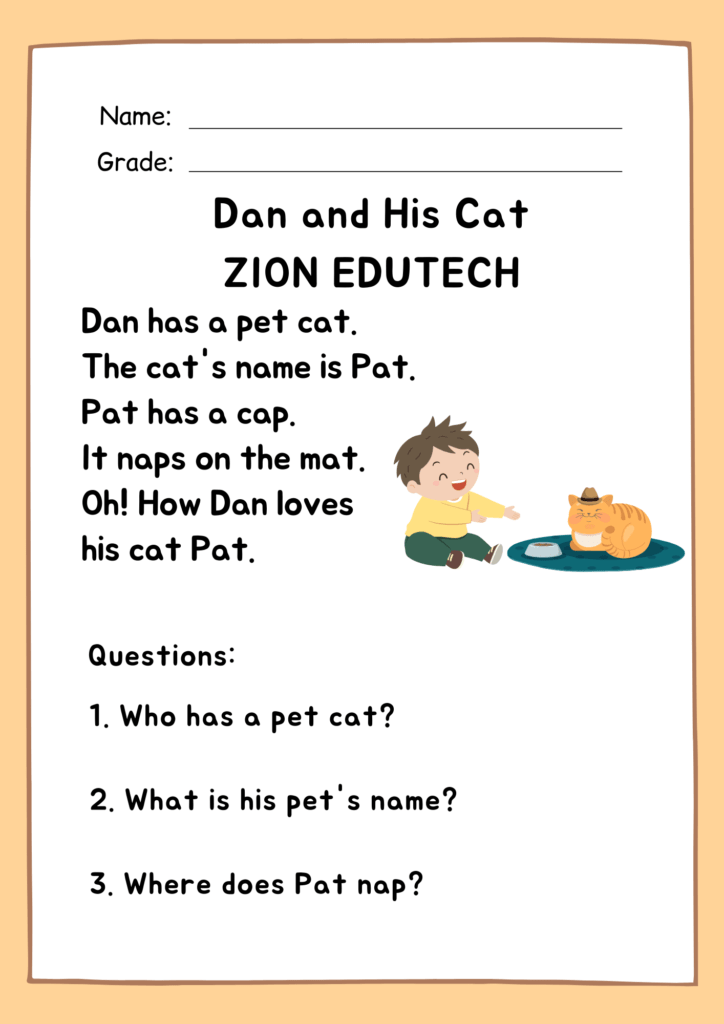
Download Reading Comprehension Dan and his Cat worksheet
You may also like: Kindergarten Free Printable: English Worksheets
You may also like: English Grammar in Familiar Lectures by Samuel Kirkham
Components of Reading Comprehension
- Decoding: The ability to sound out words and recognize them quickly. This is the first step in reading comprehension, as kids need to know what the words are before they can understand what they mean.
- Vocabulary: Knowing the meanings of words is crucial. The larger a child’s vocabulary, the easier it is for them to make sense of what they read.
- Sentence Construction and Cohesion: Understanding how sentences are built and how they connect to each other helps kids follow the flow of ideas in a text.
- Reasoning and Background Knowledge: Bringing their own experiences and knowledge to what they read helps kids make connections and understand new information.
- Working Memory and Attention: Being able to remember what they have read and staying focused on the text are important for comprehension.

Strategies to Improve Reading Comprehension
- Ask Questions: Encourage kids to ask questions before, during, and after reading. This helps them stay engaged and think about what they are reading. Questions can be about the plot, characters, or even why the author chose certain words.
- Make Predictions: Ask children to predict what will happen next in a story. This keeps them interested and helps them think ahead, connecting different parts of the text.
- Summarize: After reading a passage, ask kids to summarize what they have read in their own words. This helps reinforce their understanding and recall of the text.
- Visualize: Encourage kids to create mental images of what they are reading. Visualizing scenes and characters can make the story more real and easier to understand.
- Connect to Real Life: Help kids make connections between the text and their own experiences. Relating a story to something they have experienced or seen makes it more meaningful and easier to understand.
- Discuss: Talking about the text with others can deepen understanding. Encourage discussions about books and stories, either in the classroom or at home.
- Use Graphic Organizers: Tools like story maps, Venn diagrams, and cause-and-effect charts can help kids organize their thoughts and understand the structure of a text.
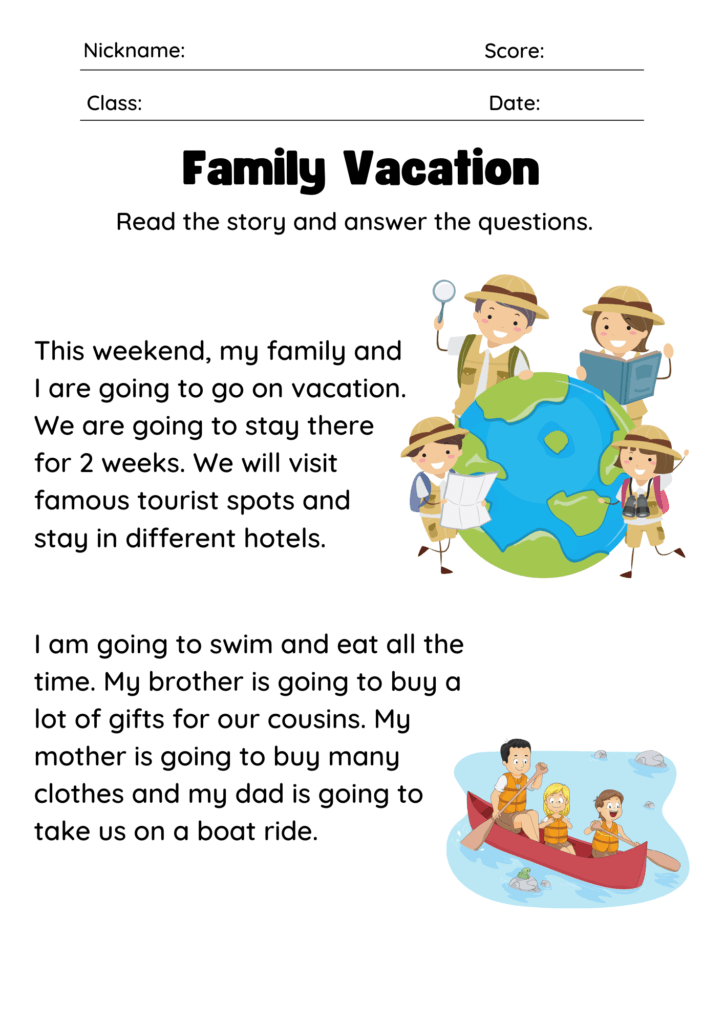
Download Reading Comprehension Family Vacation Worksheet
Supporting Comprehension at Home
- Read Together: Spend time reading with your child. Discuss the story, ask questions, and share your thoughts about the text. This not only improves comprehension but also strengthens your bond.
- Create a Reading-Friendly Environment: Make books available at home and create a cozy reading nook. Encourage regular reading habits by setting aside a specific time for reading each day.
- Be Patient and Positive: Encourage and praise your child’s efforts. Patience and positive reinforcement can boost their confidence and motivation to read.
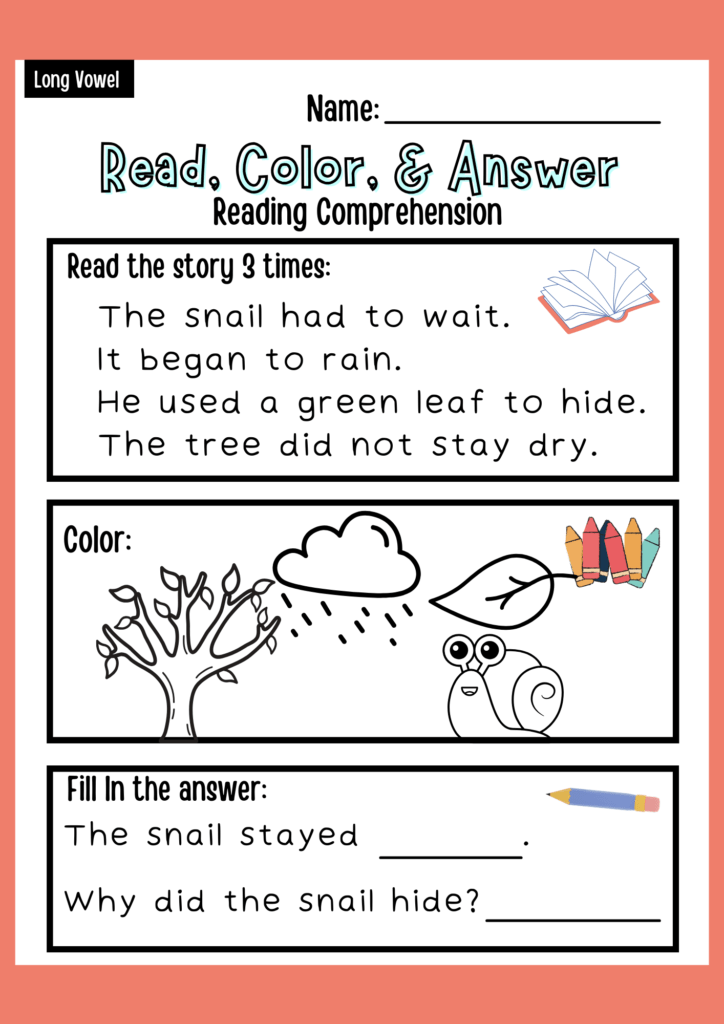
Download Reading Comprehension Worksheet
Conclusion
Reading comprehension is a vital skill for children that goes beyond just reading words. It involves understanding, interpreting, and thinking critically about what they read. By using strategies like asking questions, making predictions, and connecting texts to real life, parents and teachers can help kids improve their comprehension skills. A strong foundation in reading comprehension not only leads to academic success but also fosters a lifelong love for reading and learning.